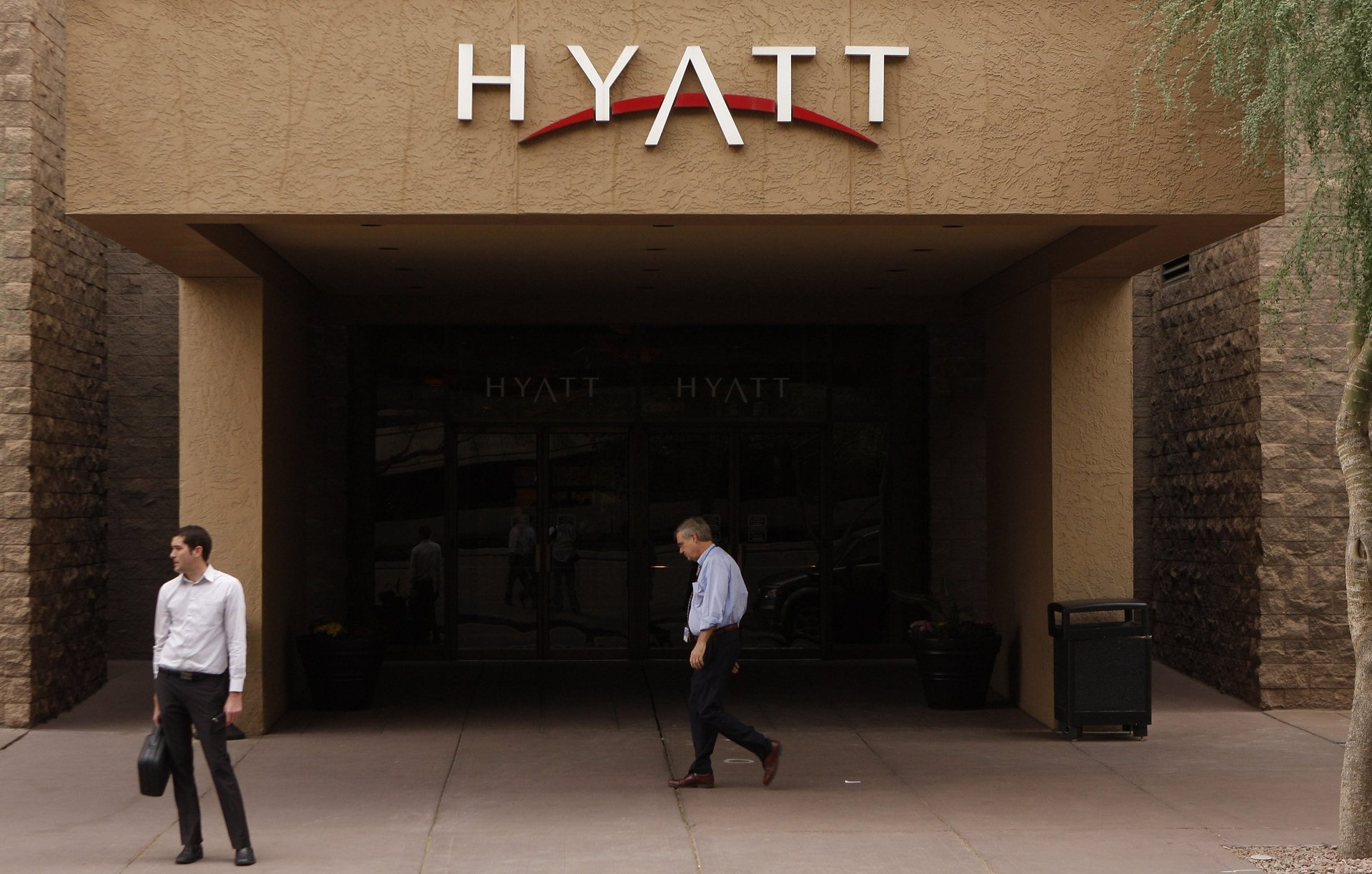Designing the front desk with empathy can take pain out of the hotel check-in process
Virtually every traveler has endured the same, numbing ritual: You stand at a counter, biding your time as a clerk mysteriously types away, their eyes focused on a screen you never see. If you’re really unlucky, you can repeat this process three times in one day, at the airport, at the rental car outlet, and at the hotel.


Virtually every traveler has endured the same, numbing ritual: You stand at a counter, biding your time as a clerk mysteriously types away, their eyes focused on a screen you never see. If you’re really unlucky, you can repeat this process three times in one day, at the airport, at the rental car outlet, and at the hotel.
What’s missing from the experience are the principles of human-centered design, or designing foremost with the user (the user in this case being the customer, not the clerk or the company) in mind.
It’s easy to understand the importance of user-friendly design in objects. An iPod, an Audi TT, an Oxo vegetable peeler; they’re all pleasing to look at and a pleasure to use. Now companies are applying the principles of good design not just to products but to processes. Instead of building systems that suit the needs of their businesses, they’re basing their designs around empathy for the customer. Human-centered design—a term used by the firm IDEO, a pioneer in the field—has been used to rethink everything from the way kids are scanned in General Electric’s MRIs to how a nuclear power company communicates with regulators.
Hyatt Hotels spent two years developing a new system that radically speeds up check-in at its properties, giving clerks more time to pay attention to guests and their needs. While assigning a room once required 143 key strokes on a terminal fixed behind the check-in counter, guests can now be on their way with three strokes on a tablet, says Hyatt CEO Mark Hoplamazian. The system is being tested in six hotels, and is expected to roll out across the company’s 600-plus hotels worldwide over the next year.
The change started with viewing the check-in experience from the perspective of a guest, rather than the hotel chain, Hoplamazian said.
“Empathy is essential to the world, and it’s particularly applicable to our business,” he said. “We are serving high-end guests and creating compelling experiences is essential to our success.”
Hyatt has more reason than ever to try to distinguish itself. Its bid last year to buy rival Starwood—owner of the Sheraton and W chains—failed, and instead it saw the company to go to Marriott, already among the world’s biggest hotel companies for business travelers. In an industry where size matters—the bigger a hotel chain, the more options for corporate bookers and travelers collecting points—Chicago-based Hyatt badly lags behind other players. After the merger, Marriott will have 1.1 million rooms and Hilton 758,000, compared to Hyatt’s 160,000, according to Crain’s Chicago Business.
Hyatt’s immersion in human-centered design started when an executive took an online course through Stanford University’s Institute of Design, a hub for connecting business to the arts, engineering, and social sciences. Inspired, she sought out a partnership between the hotelier and the design school. Two Stanford graduate students helped the company implement a design-thinking culture over nine weeks at Hyatt’s Santa Clara, California, hotel. That grew into a company-wide initiative, with the principles spread to properties across the globe in 2013.
One of Hyatt’s lead evangelists for putting empathy at the center of the business was Christy Sinnott, who heads the company’s global learning team. Check-in was an obvious target, said Sinnott, who began her career as a front desk clerk at a Hyatt Regency in Arizona 27 years ago and was acutely aware how cumbersome the process had become. As the hotel grew, and amenities added and automated, check-in became bogged down with more and more steps.
“There’s always been a challenge for the front desk, in balancing data entry, and processes and procedures, and engaging with a guest and understanding what’s important to them,” she said. The guest “will stand there, and someone is not even looking at you, and key strokes are driving the interaction.”
There were sound business reasons to redesign the system beyond just improving the experience for guests, Hoplamazian said. While the old system was difficult to teach and learn, the new one can be picked up quickly by new hires. “From a hotel efficiency perspective, it reduces friction in a place where there’s lots of turnover, he said.”
The streamlined process also means Hyatt can focus on personality, and not technical skill, when hiring. The company is now thinking of how its new front-desk experience will work in each of its brands. At the high end Park Hyatt, an attendant may accompany you to your room and check you in there. At Hyatt Place, where the desk clerks also serve drinks, they’ll have more time for each customer.